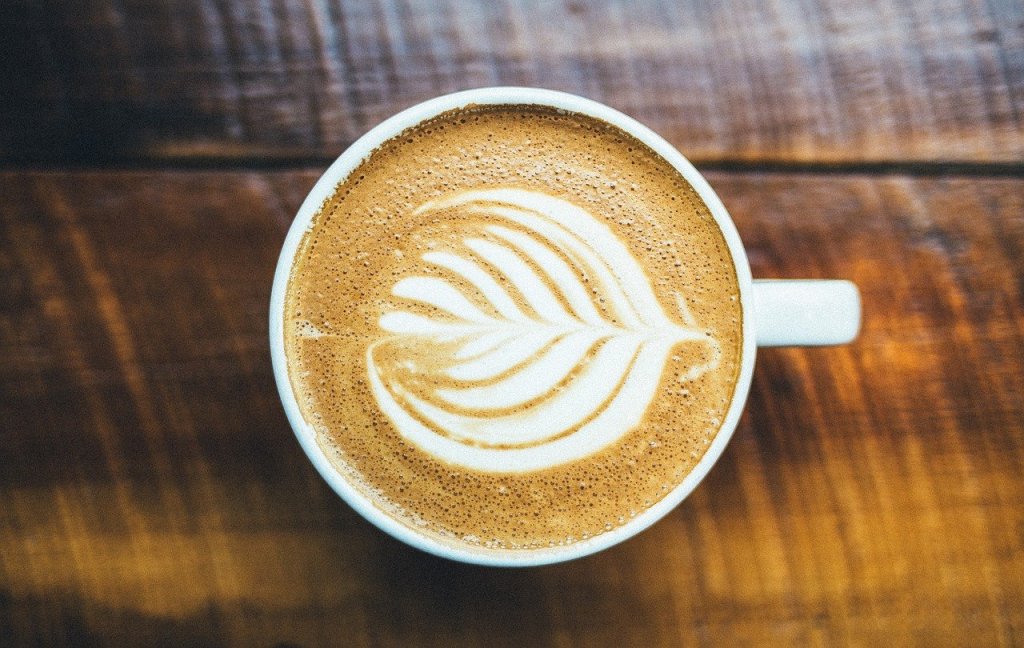
The challenge came over a mug of coffee. If I was serious about reducing my environmental impact, a friend teased, I should be putting soy milk, not cow’s milk, in my drink.
Back in February 2016, EcoWatch.com told its readers that cow’s milk represents “60 to 70 percent of the carbon footprint of a cup of coffee with a few tablespoons of milk.” For a latte, the article said, “it’s more like 80 or 90 percent.”
My response to my friend ran to two words: “Food miles.” Most of the soy consumed in Taiwan is grown on the other side of the Pacific, I pointed out, whereas almost all of the cow’s milk sold in fluid form in Taiwan’s supermarkets comes from local dairy herds.
“But what do those cows eat, and where does it come from?” he asked.
We both knew the answer. Dairy cows don’t, as some people imagine, subsist on grass. Instead, the 20 to 25kg of food each animal consumes per day comprises roughly equal quantities of forage (grass, hay and silage) and grains (usually corn and soy). Food-processing by-products like cottonseeds, citrus pulp, almond hulls and soy hulls are often added, as are spent grains from breweries.
Just how much of the diet of Taiwanese cattle is imported may surprise you…
To read my April 21, 2021 Environmental Impact Assessment column in full, go here.